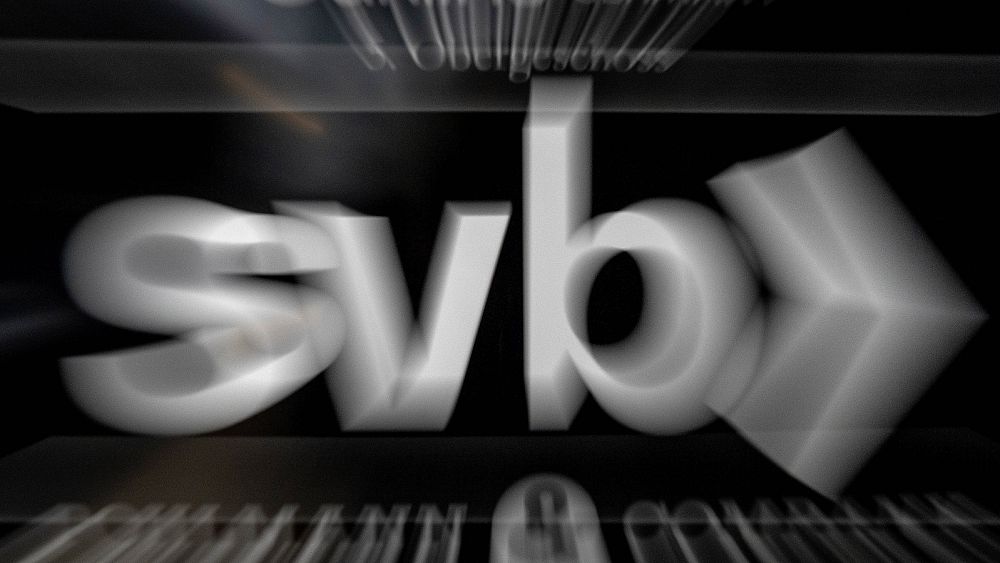
The UK Treasury and the Bank of England have “facilitated the sale″ of Silicon Valley Bank UK to HSBC, ensuring the security of 6.7 billion pounds ($8.1 billion) of deposits.
British officials worked throughout the weekend to find a buyer for the UK subsidiary of the California-based bank that failed last week, leaving technology companies around the world unable to access their funds.
«This morning, the government and the Bank of England facilitated a private sale of Silicon Valley Bank UK to HSBC,″ UK Chancellor Jeremy Hunt said in a tweet on Monday.
“Deposits will be protected, with no taxpayer support. I said yesterday that we would look after our tech sector, and we have worked urgently to deliver that promise».
HSBC said it will acquire Silicon Valley Bank UK Ltd for one pound (€1.13).
Hunt said the rescue of Silicon Valley Bank’s UK arm was needed to help protect the country’s tech sector.
“We were faced with a situation where we could have seen some of our most important companies, our most strategic companies, wiped out and that would have been extremely dangerous,” Reuters quoted Hunt as saying.
US regulators also worked all weekend to try to find a buyer for the bank. Those efforts appeared to have failed on Sunday, but US officials assured all depositors at the failed institution that they could access all their money quickly.
In a sign of how the bank’s collapse sent shockwaves across the financial sector, regulators announced that New York-based Signature Bank had also failed and was being seized on Sunday.
At more than $110 billion in assets (€103 billion), Signature Bank is the third-largest bank failure in US history.
In an effort to shore up confidence in the banking system, the Treasury Department, Federal Reserve and FDIC (Federal Deposit Insurance Corporation) said on Sunday that all Silicon Valley Bank clients would be protected and able to access their money.
They also announced steps that are intended to protect the bank’s customers and prevent additional bank runs.
“This step will ensure that the US banking system continues to perform its vital roles of protecting deposits and providing access to credit to households and businesses in a manner that promotes strong and sustainable economic growth,” the agencies said in a joint statement.
Under the plan, depositors at Silicon Valley Bank and Signature Bank, including those whose holdings exceed the $250,000 (€233,400) insurance limit, will be able to access their money on Monday.
Silicon Valley Bank’s collapse began when its customers, largely technology companies that needed cash as they struggled to get financing, started withdrawing their deposits. The bank had to sell bonds at a loss to cover the withdrawals, leading to the largest failure of a US financial institution since the 2008 financial crisis.
Another beleaguered bank, First Republic Bank, said it had bolstered its financial health by gaining access to funding from the Fed and JPMorgan Chase.
Fed emergency loan program
In a separate announcement, the Fed announced late on Sunday an expansive emergency lending program intended to prevent a wave of bank runs that would threaten the stability of the banking system and the economy as a whole.
Fed officials characterised the program as akin to what central banks have done for decades: lend freely to the banking system so that customers would be confident that they could access their accounts whenever needed.
The lending facility will allow banks that need to raise cash to pay depositors to borrow that money from the Fed, rather than having to sell Treasuries and other securities to raise the money.
Silicon Valley Bank had been forced to dump some of its Treasuries at a loss to fund its customers’ sudden withdrawals.
Under the Fed’s new program, banks can post those securities as collateral and borrow from the emergency facility.
The Treasury has set aside $25 billion (€23 billion) to offset any losses incurred under the Fed’s emergency lending facility. Fed officials said, however, that they do not expect to have to use any of that money, given that the securities posted as collateral have a very low risk of default.
